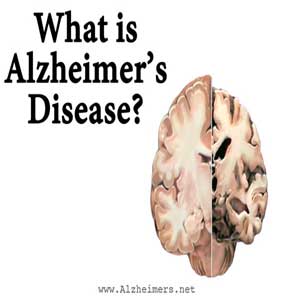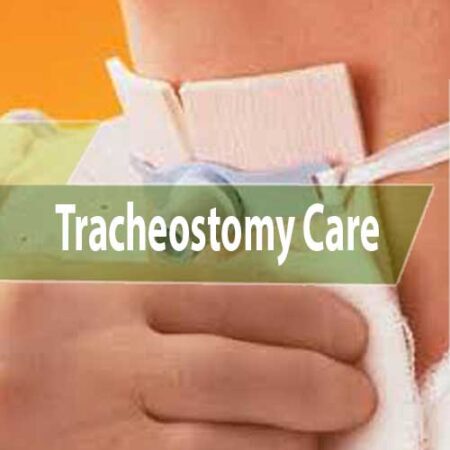Pediatric Head Trauma & Shaken Baby Syndrome
$ 8.00
Individuals rarely admit to abusing children and infants. Rather, they invent “accidents, for example, the child’s dropping out of a lodging or highchair, tumbling down the stairs, or being hit by other kids. Unless head wounds are plausible, for example, with an oblivious child, healthcare services suppliers may disregard signs and indications of damaging head injury.Be that as it may, there are examples of injuries that are suggestive of child abuse, and the healthcare provider ought to know about the contrast between average wounds connected with accidents and those connected with abuse.
Course Features
- Lectures 16
- Quizzes 0
- Duration 2.0 Hours
- Skill level All level
- Language English
- Certificate Yes
- Assessments Self
-
Pediatric Head Trauma & Shaken Baby Syndrome
- Lecture 1.1 Pediatric Head Trauma & Shaken Baby Syndrome Locked
- Lecture 1.2 Traumatic injury Locked
- Lecture 1.3 Retinal hemorrhage Locked
- Lecture 1.4 Scalp injury/laceration Locked
- Lecture 1.5 Cerebral contusion Locked
- Lecture 1.6 Subarachnoid hemorrhage Locked
- Lecture 1.7 Epidural hematoma Locked
- Lecture 1.8 Subdural hematoma Locked
- Lecture 1.9 Intraventricular hemorrhage Locked
- Lecture 1.10 Seizures Locked
- Lecture 1.11 Diffuse axonal injury Locked
- Lecture 1.12 Assessment and treatment options Locked
- Lecture 1.13 Initial emergency treatment Locked
- Lecture 1.14 ABCDEs Locked
- Lecture 1.15 CT scan Locked
- Lecture 1.16 References Locked
This is for test




